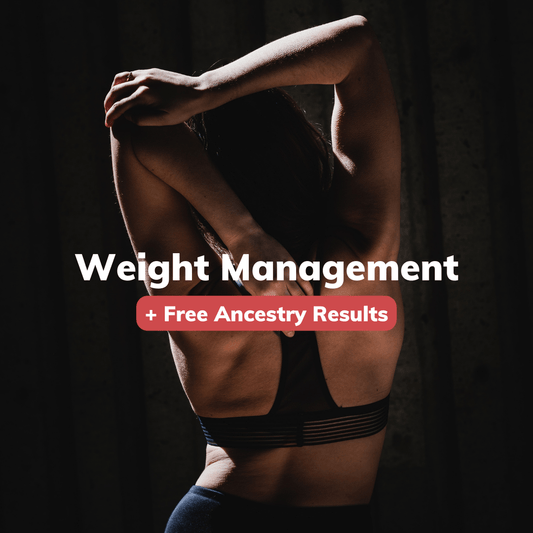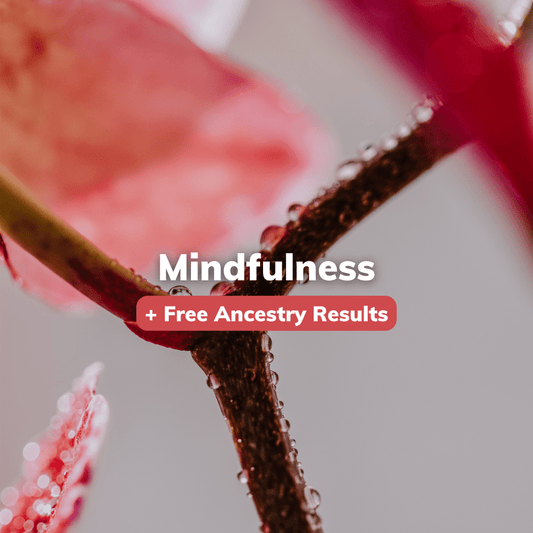
How to compare your ancestry results with your child?
BioCertica Content TeamWritten by: Nermin Đuzić, M.Sc. in Genetics, Content Specialist
Peer-reviewed by: Edin Hamzić, Ph.D. in Genetics, Chief Science Officer
One of our products at BioCertica is a DNA ancestry report that allows you to unlock your identity and take a look into history through your genes. This test analyzes your DNA and gives an insight into the populations and cultures you share the highest genetic similarity with.
Our Ancestry DNA kit is one of our most sold genetic tests, and there is a huge interest in it with a lot of questions coming from our users regarding ancestry DNA analysis, how it works, what we offer, etc. However, we think that specific case and question requires special attention, and will be addressed in this article.
Is it possible that the results of your children’s DNA ancestry analysis differ from your own results? How can DNA differ from parents to child, you may ask yourself. How should we compare them and consider as a holistic image? We will explain soon.
Firstly, we recommend reading our article about how we generate ancestry results, especially if you look for detailed breakdown and more information. However, for this time it will be enough to recall some basics.
How we obtain ancestry results?
Ancestry results provide estimates on genetic similarity based on population mainly coming from the same geographic region and sharing the same gene pool. These results go dozens of generations back.
To obtain genetic ancestry estimates for any individual, we need DNA genotyping information, and a reference population dataset composed of populations with known ancestry (our current dataset is composed of 28 populations). The reference panel dataset is compiled from DNA information obtained from hundreds of individuals from different populations. These groups are obtained from the publicly available datasets such as 1000 Genomes Project, Human Genome Diversity Project, and Simmons Genome Diversity Project.
We use the sophisticated and verified methodology to compare your DNA information against our reference population dataset to obtain ancestry estimates in the form of percentages shown in your results section.
Why your DNA results may differ from your children’s DNA?
It is totally okay to expect similar DNA and ancestry results between you and your offspring, but we have to be aware that there are many possible outcomes. Especially because our DNA undergoes recombination process, in which all possible combinations between your DNA and DNA of your spouse can reflect on your children’s DNA. For better explanation. let’s consider a specific family case in which both parents and child ordered our Ancestry DNA kit but got different results, showing different percentages of populations (Figure 1).
Below we have an arbitrary example of DNA from mother and father represented as blocks or chunks. Each block represents simplified illustration of chromosomal segments and accounts for 10% of DNA coming from the specific population (in our example from Finnish, Western European, and Iberian populations, colored respectively).

Now, following the universal genetic rule of Mendelian inheritance which says that 50% of DNA comes from the father and 50% from the mother, we simulated results that represent three different options or possibilities of DNA recombination between mother and father, with a note that all outputs are equally legit and possible, and these are only some of the possible combinations. You can notice that for all three scenarios, we follow the rule to get 50% of DNA blocks from father (F) and 50% from mother (M).
What is another case in which your DNA ancestry estimates may differ from what you expected?
In our DNA ancestry analyses we compare your DNA to the available dataset of 28 predefined populations, in order to obtain DNA estimates for you. However, if your ancestry comes from some of the populations that are not covered by our reference panel you will obtain the results that are the closest to the most similar population in our reference panel. Therefore, for example if you are a Greek, you may end up with South European ancestry.



